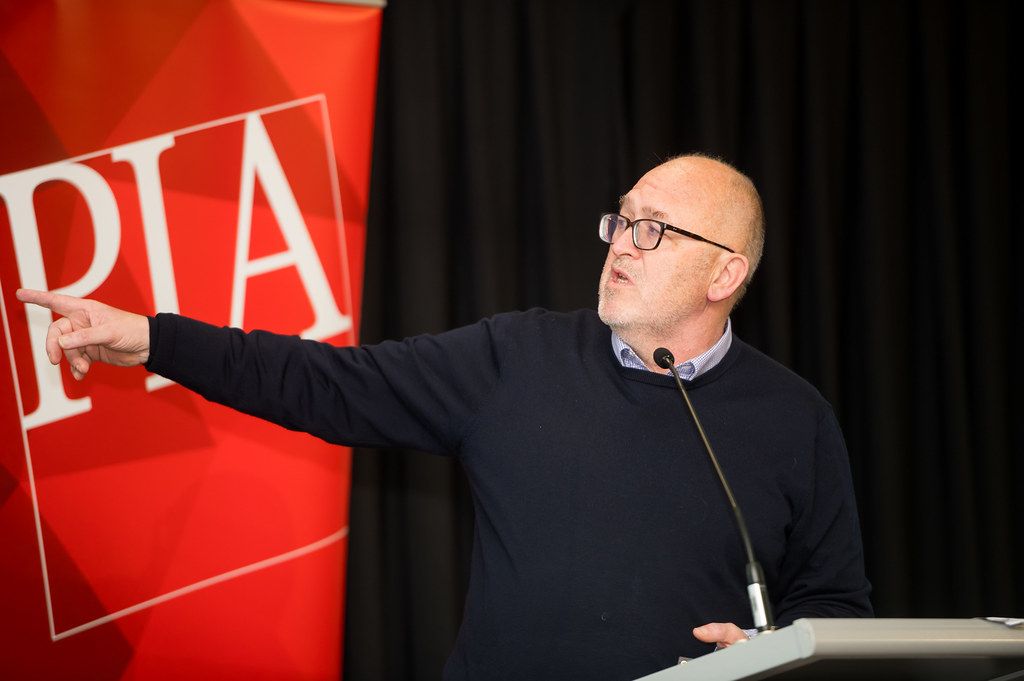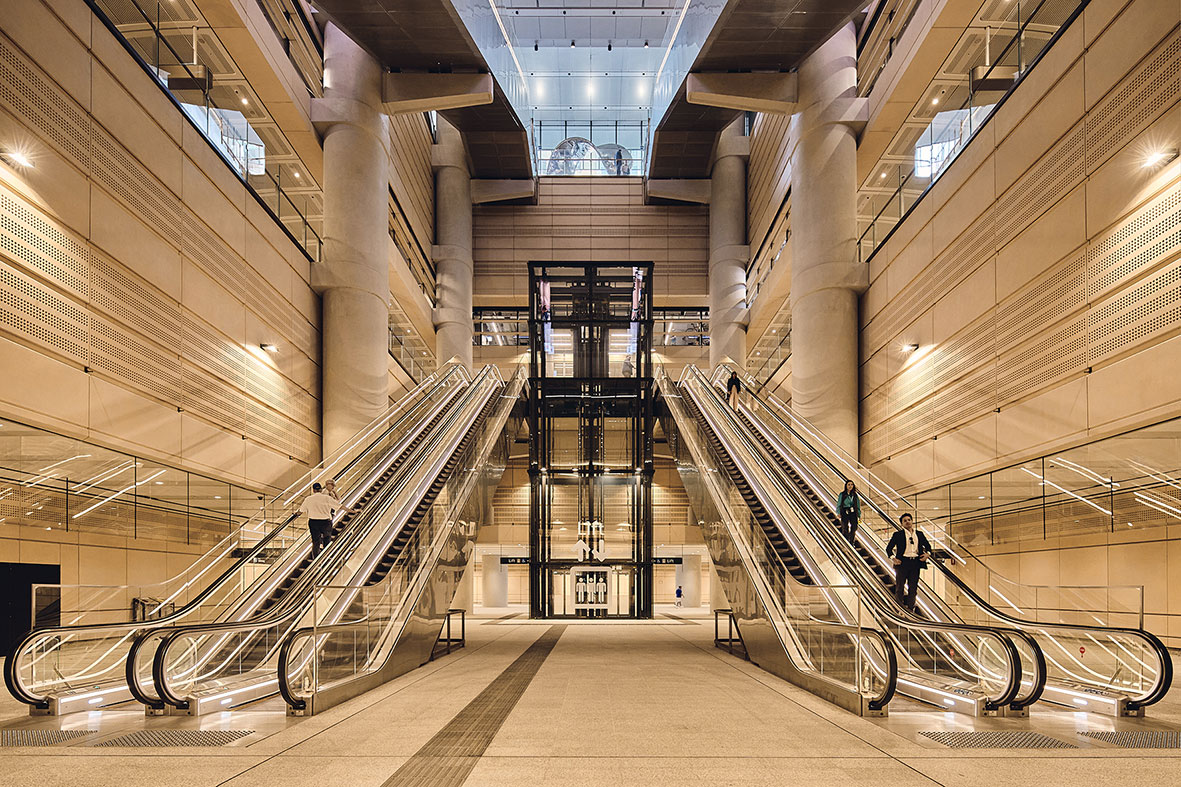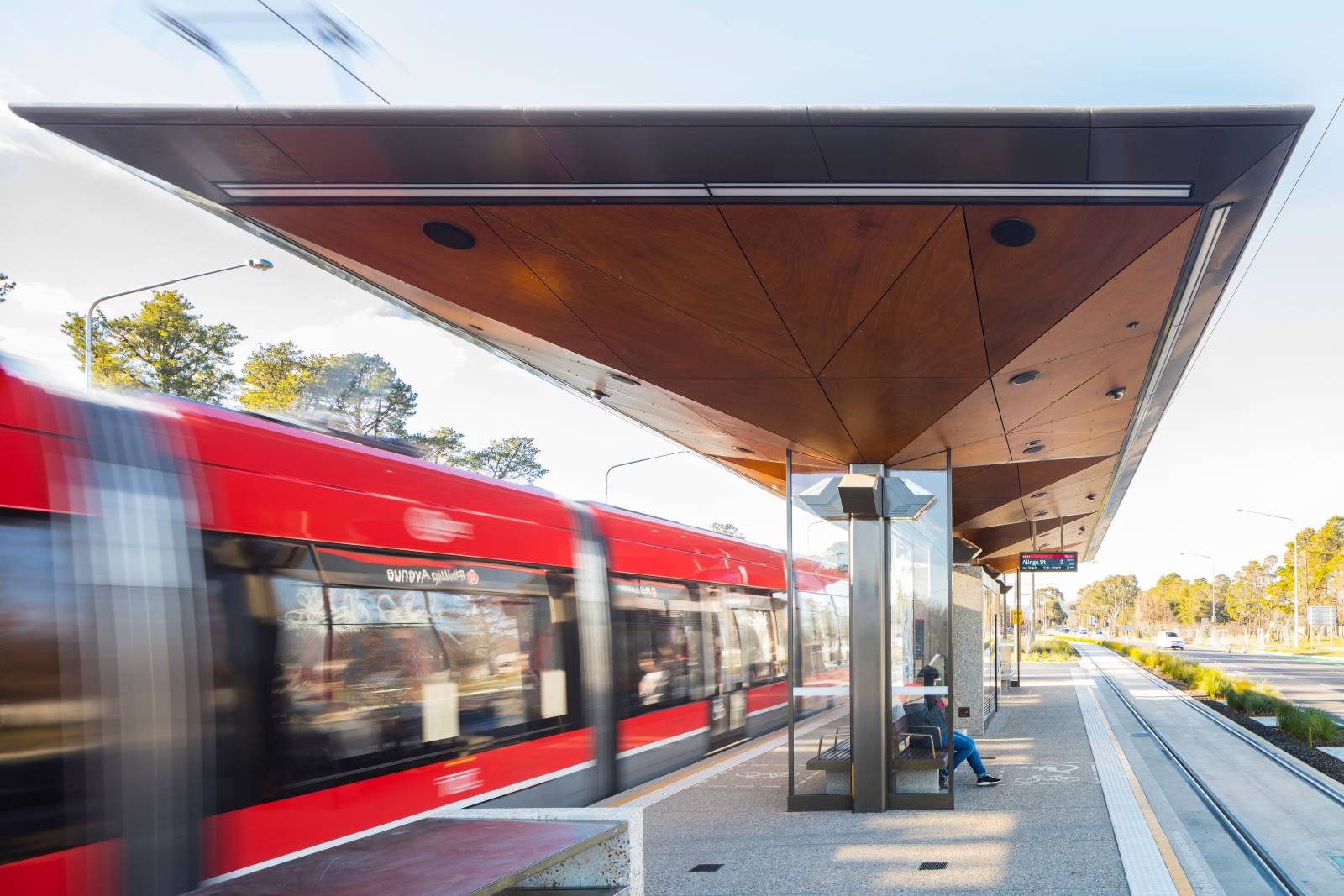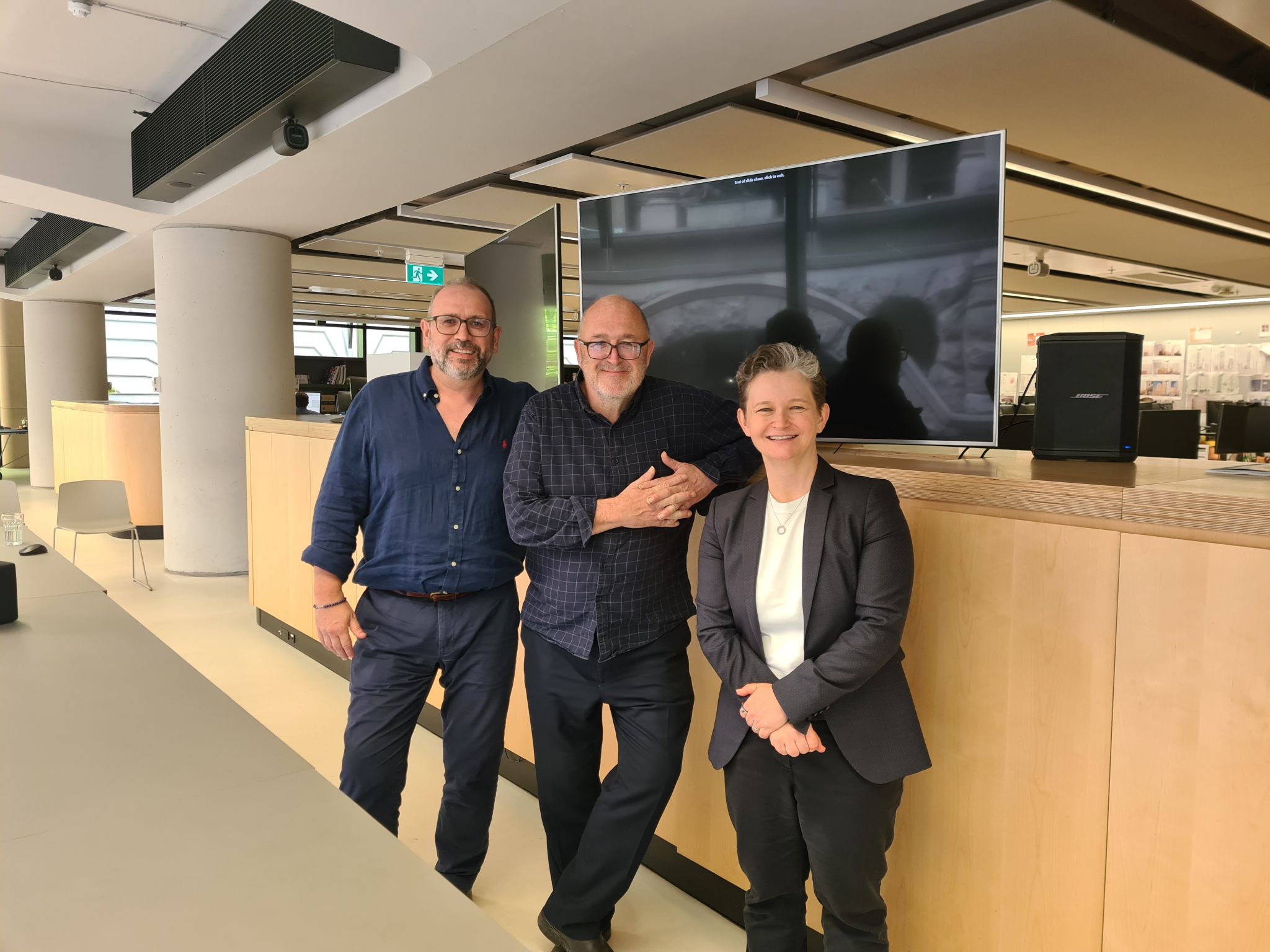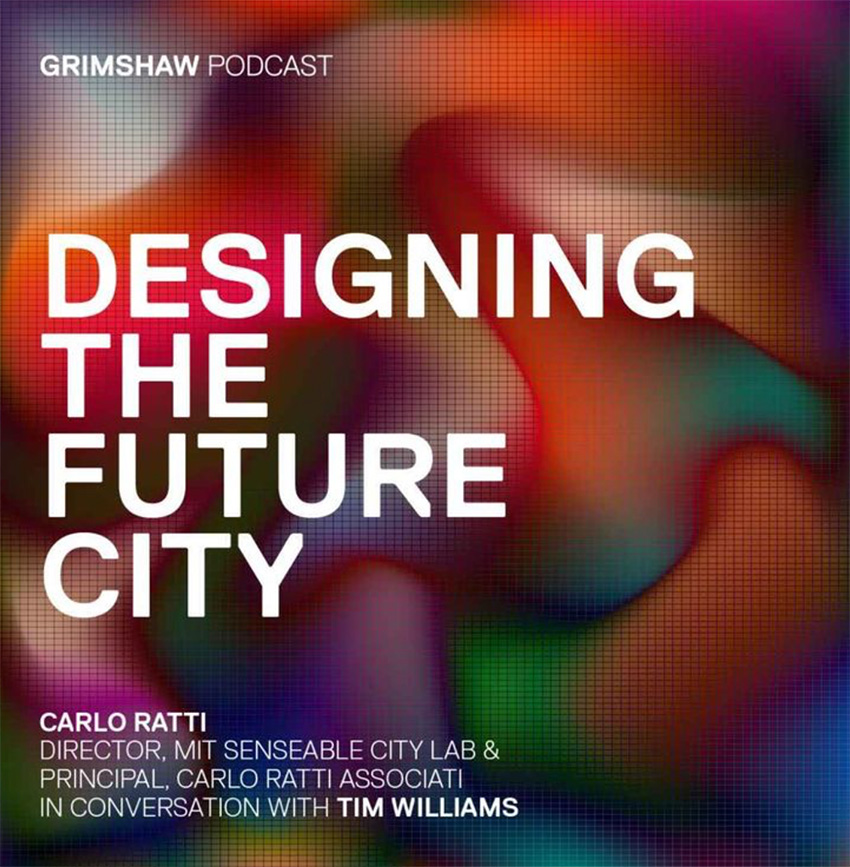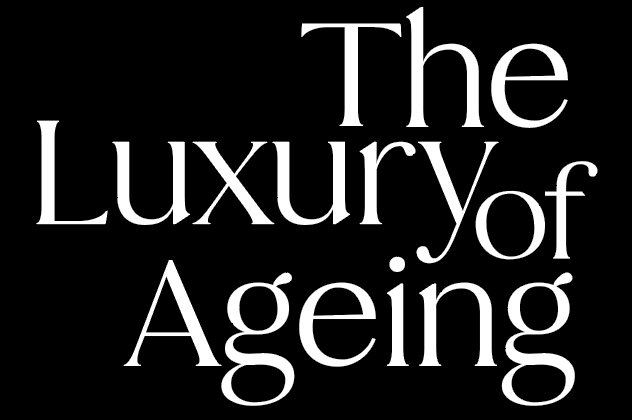Dr Tim Williams is the Practice Leader, Cities for
Grimshaw and leads the Cities initiative which carries out research, thought leadership, industry engagement, advocacy, institutional partnering, project origination and internal learning through a civic lens. Tim has previously held positions as Arup’s Head of Cities in Australasia, CEO of the Committee for Sydney and as advisor to the Greater Sydney Commission – advising on major infrastructure projects such the new light and heavy rail networks.
Prior to moving to Australia in 2010, Tim worked in London as a specialist advisor to five consecutive UK Ministers for Cities, Planning and Urban Regeneration, and as the CEO of the Thames Gateway London Partnership. Additionally, Tim is currently a member of the NSW Government’s Smart Places Initiative, the Architect’s Registration Board and is a founding board member of NSW Circular (economy initiative). He also has a PhD in History from Cambridge University, is a qualified barrister and was awarded an Honorary Doctorate by Western Sydney University in 2018 for his contribution to the region.
